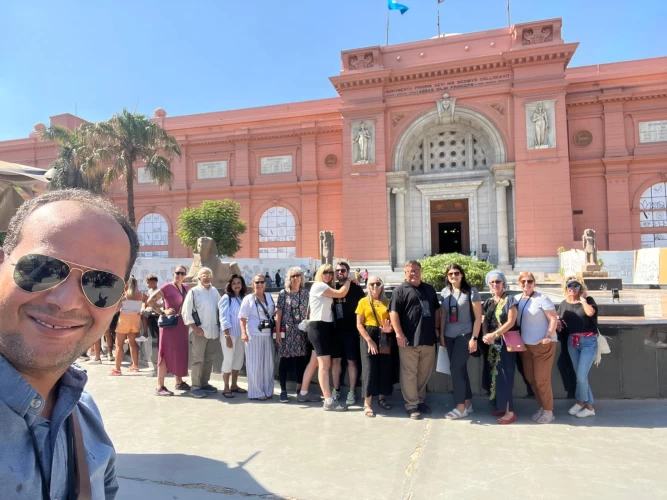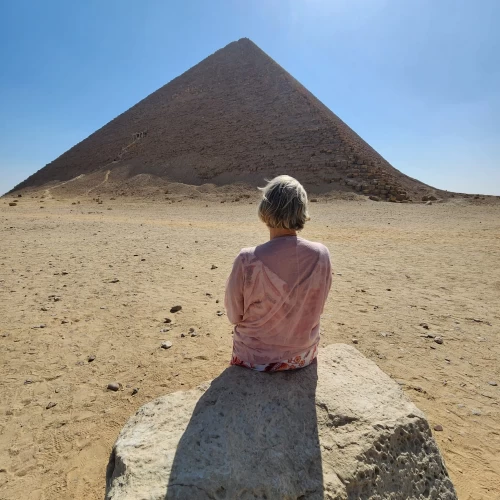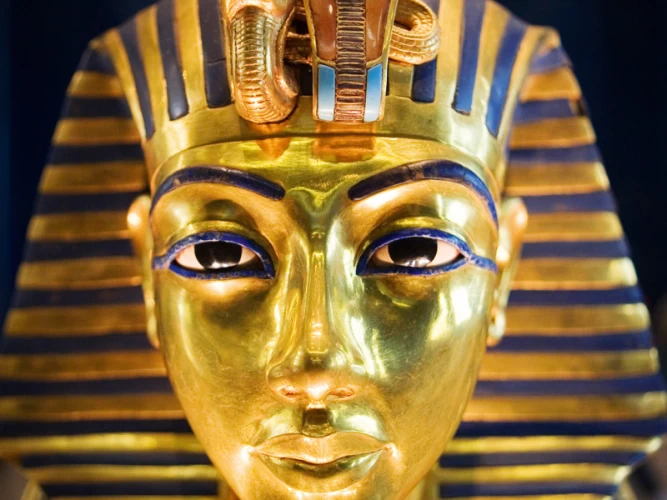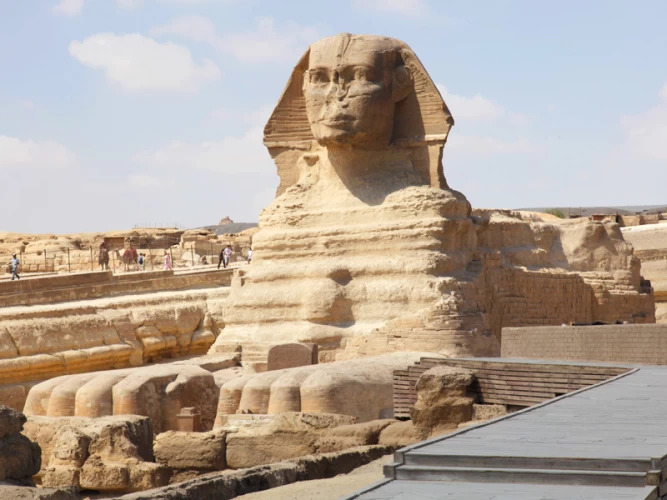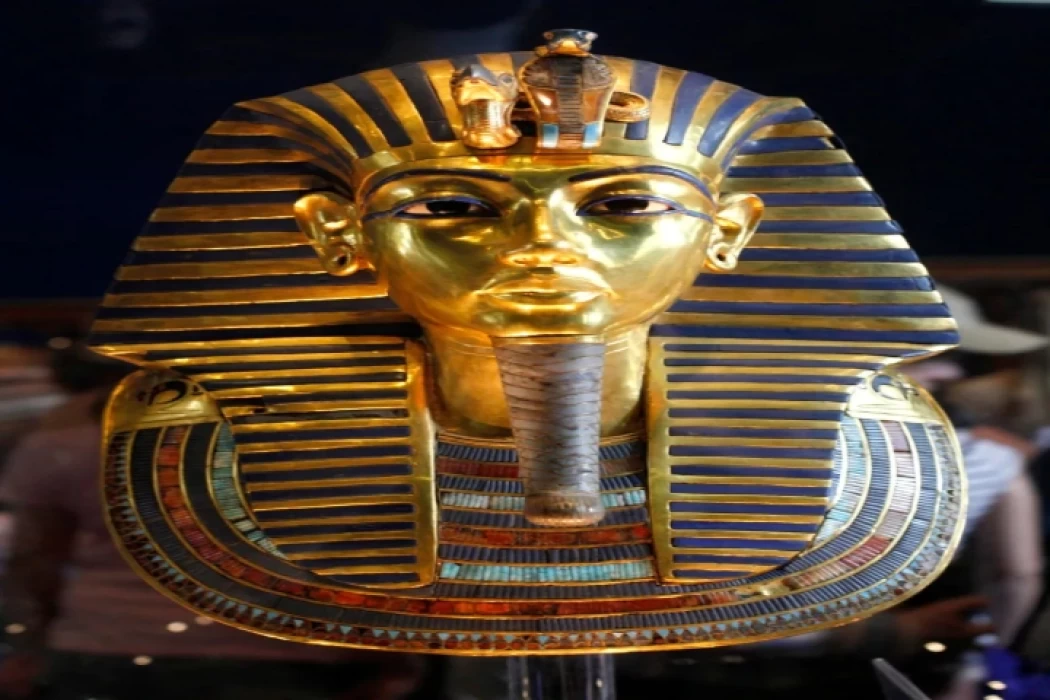
Tutankhamun Mask
FORMAL ANALYSIS
Nebjeperura Tutanjamon, better known as Tutankhamun whose meaning is "living image of Amun", was one of the most important pharaohs of all Egyptian art. This pharaoh ruled during the XVIII dynasty of Egypt. It was after his death when Egyptian goldsmiths made this funerary mask to be part of the pharaoh's grave goods. Tutankhamun's tomb was located in the Egyptian necropolis of the Valley of the Kings and was discovered in 1922 by the archaeologist Howard Carter.
If there is one known element in Tutankhamun's grave goods, it is undoubtedly his funerary mask. For some reason, this representation of the monarch's face has deeply penetrated the collective imagination, perhaps because it allows us to put a face to the tremendous wealth buried with him. Its confection was a demonstration of craftsmanship. With a height of just over half a meter, made from two sheets of gold weighing ten kilos, hammered, and then decorated with lapis lazuli inlays.
The mask represents the pharaoh with the nemes (the striped scarf), which falls down the back forming a heavy ponytail with the ends of the scarf. On his forehead he wears a cobra and a vulture, the protective goddesses of Lower and Upper Egypt respectively; in addition to adorning himself with a braided beard, the pharaoh wears his ears pierced to hang earrings. The eyes, made up of lapis lazuli ¡, are an inlay of quartz and obsidian and are perhaps the feature that gives more humanity to the mask.
Tutankhamun was the son-in-law of the pharaoh Akhenaten, called the "heretic pharaoh" for having promoted the cult of the solar god Aten with a monotheistic character, who died without leaving male children. For this reason, he was succeeded by his sons-in-law, Semenkera and Tutankhamun, brothers. The pharaoh died mysteriously at the age of 18 and was replaced by Ay, a high official of Akhenaten's court.
When Howard Carter discovered the tomb, he was impressed by the incalculable treasure it contained. the objects of the funerary trousseau were located in four chambers. The walls of the burial chamber where the mummy was found were adorned with a series of scenes alluding to the ceremony of the opening of the mouth. According to the Egyptians, the designated Ka breath was reintroduced into the body to breathe life into it, this time, with eternal character.
The Egyptian goldsmiths chose gold to make this mask because gold was thought to be the flesh of the gods. On top of the gold, they placed a multitude of various precious stones such as turquoise, lapis lazuli, Cornelia, obsidian, quartz... This mask is somehow in very good condition, even though it is more than three thousand years old. Some of the inlays that make up the "klaft" and the necklace are no longer present and cracks can be observed in others.
RESTORATION OF TUTANKHAMUN'S MASK WITH BEESWAX
All in all, the funerary mask of Tutankhamun has been since its discovery the star piece of the Egyptian Museum in Cairo, and also the protagonist of some vicissitudes. For example, in 2014, during some cleaning work on the object, the ornamental beard accidentally came off and was the subject of a botched restoration. Fortunately, in 2018, the world's most famous mask was properly restored by a team of German experts led by Christian Eckmann, in collaboration with the Egyptian authorities, who were pleased with the image of seriousness and professionalism finally offered by the country. In addition, the restoration provided an incredible surprise. "The restoration process revealed a new archaeological discovery related to the original technique that was used to conceive the mask," the Egyptian Ministry of Antiquities said in a statement, and you can visit the museum through Egypt Day tours







